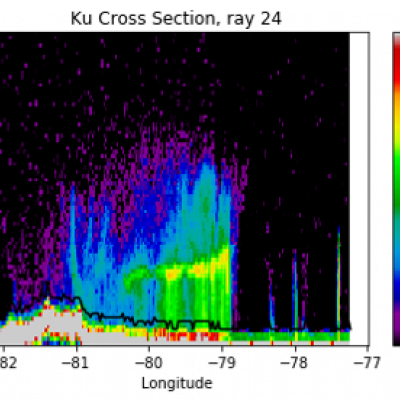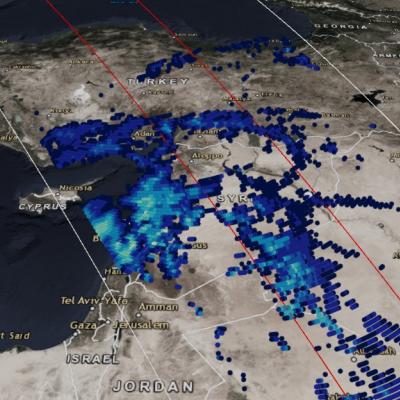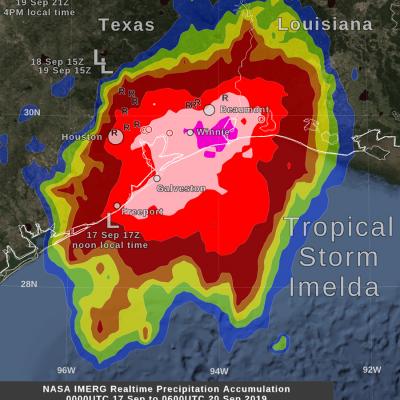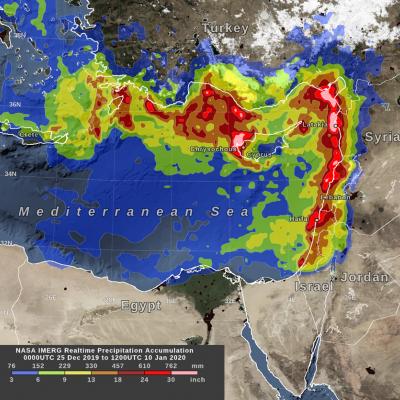Drop Size Distribution Measurements in Outer Rainbands of Hurricane Dorian at the NASA Wallops Precipitation-Research Facility
Publication Year
Journal
atmosphere
Volume
11(6)
Page Numbers
578
DOI
10.3390/atmos11060578
Mission Affiliation
Major Category





